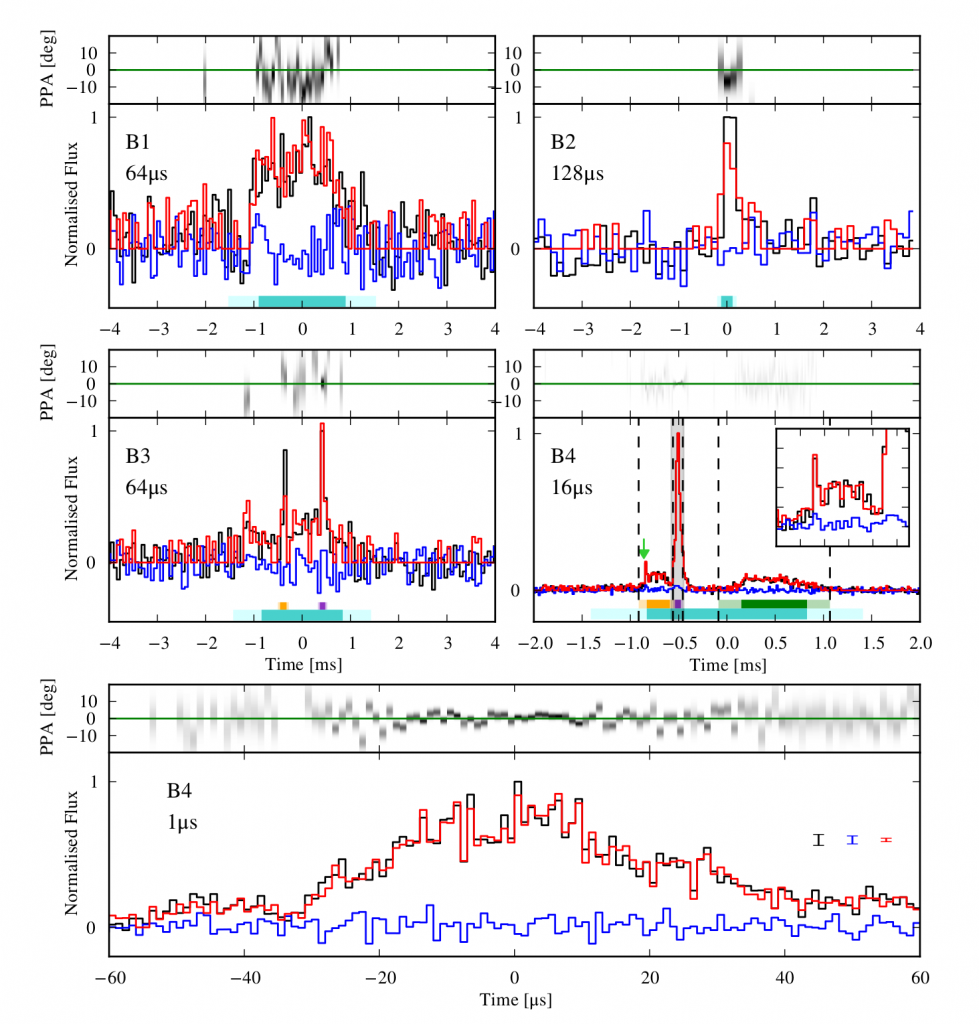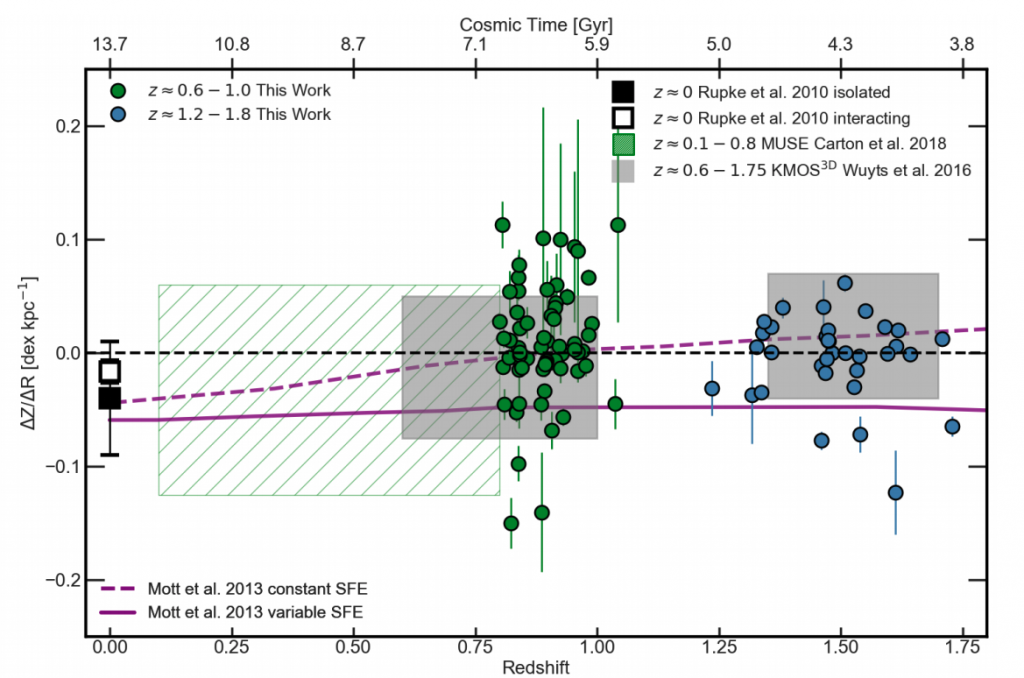PINT: A Modern Software Package for Pulsar Timing by Jing Luo, Scott Ransom, Paul Demorest, Paul S. Ray, Anne Archibald, Matthew Kerr, Ross J. Jennings, Matteo Bachetti, Rutger van Haasteren, Chloe A. Champagne, Jonathan Colen, Camryn Phillips, Josef Zimmerman, Kevin Stovall, Michael T. Lam, and Fredrick A. Jenet.
The defining characteristic of pulsars — that they emit regular pulses of radio waves or other radiation — also provides one of the most powerful tools for studying them and their environments: we can measure the arrival time of these pulses at our telescopes quite precisely. These arrival times carry information about the rotation of the pulsar (affected by the energy loss to a particle wind and by interaction of the crust with the internal superfluid), the orbit of the pulsar if it’s in a binary system (including tidal and relativistic effects on the orbit, and relativistic time dilation and light bending), the location of the pulsar in relation to the Earth’s orbit (including its distance), the interstellar medium (varying as our line of sight sweeps through it), and possibly even gravitational waves passing over the Earth. But to extract the interesting science from these measurements, we need a tool that models how all these physical processes affect the observed arrival times. PINT is such a tool.

Of the tools that exist to do this task, TEMPO has a proud history of scientific discovery but was written in FORTRAN in the 1980s and was never designed to operate with sub-microsecond accuracy. The tool TEMPO2 was meant to be its successor, written in the 2000s, but much of TEMPO2’s code is simply original TEMPO code converted to C++, and the package can be difficult to work with. PINT is intended as a largely independent development project, and indeed the process of developing PINT has revealed at least one long-standing error (now fixed) in TEMPO2’s computations. PINT is also written to be a flexible python library, well documented and well tested, so that its data structures and tools can be applied to tasks that do not fit naturally into traditional pulsar timing.
PINT is an open-source project under active development; you can find it on GitHub. It has extensive, if still in-progress, documentation as well.


